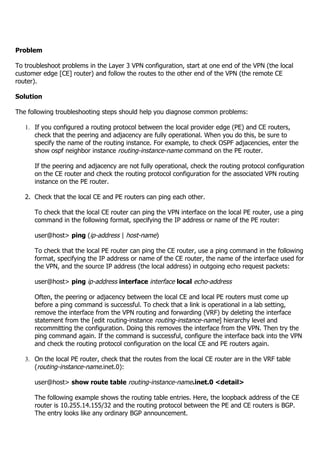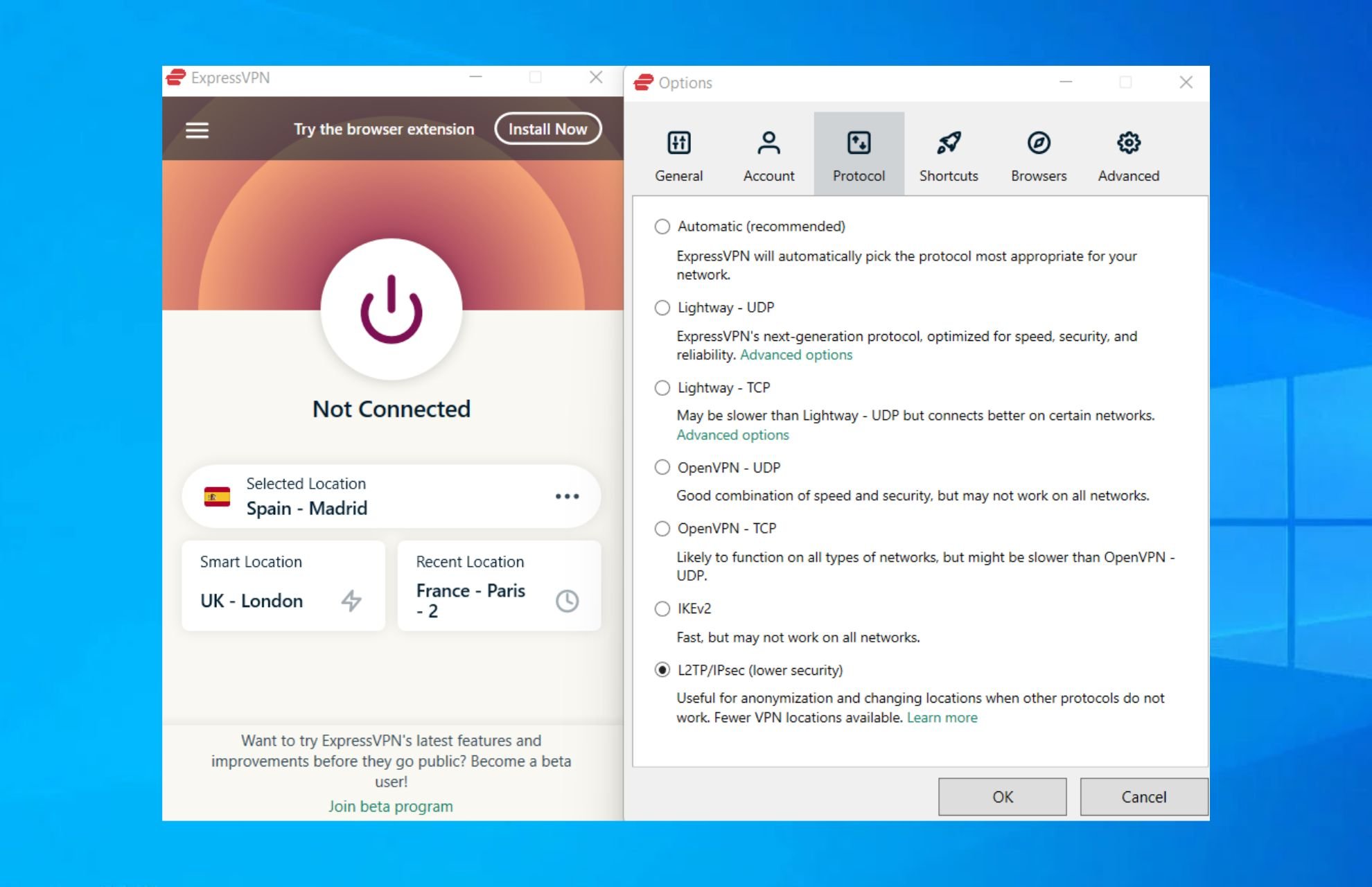Featured
Table of Contents
Vpn Won't Connect? Try These Solutions

The Routing and Remote Gain access to snap-in lives within the Microsoft Management Console, referred to as the MMC. There are several ways to access the MMC. You can pick the console from the Start menu's Programs options, within the Administrative Tools folder within Windows server's Control board or by typing mmc at a command timely.
As Tech, Republic's Brandon Vigliarolo shows within his video at the start of this article, the Providers console shows the status of the Routing and Remote Access entry. From within the Services console and with the Routing and Remote Gain access to entry highlighted, you can click Start the Service or right-click the entry and select Restart.
In some cases the VPN client and VPN server are set to using different authentication techniques. Validate whether an authentication error is the issue by opening the server console. Another approach of accessing the MMC is to type Control+R to open a command prompt in which you can type mmc and hit Go into or click OK.
If the entry isn't present, click File, select Add/Remove Snap-in, pick the Routing and Remote Gain access to alternative from the options and click Add, then OK. With the Routing and Remote Gain access to snap-in added, right-click on the VPN server and click Residences. Evaluate the Security tab to verify the authentication approach.
Steps For A Better Vpn Rollout And Troubleshooting
Guarantee the VPN customer is set to the authentication method defined within the Security tab. Usually the products just evaluated are responsible for many VPN connection refusal errors.
IP addresses are another essential aspect for which administration should be appropriately set. Each Web-based VPN connection generally utilizes 2 various IP addresses for the VPN customer computer system. The very first IP address is the one that was assigned by the customer's ISP. This is the IP address that's used to develop the initial TCP/IP connection to the VPN server online.

This IP address generally possesses the same subnet as the local network and thus permits the client to communicate with the regional network. When you set up the VPN server, you must configure a DHCP server to appoint addresses to customers, or you can develop a bank of IP addresses to designate to clients directly from the VPN server.


If this choice is picked and the effective remote gain access to policy is set to permit remote access, the user will be able to connect to the VPN. Although I have been not able to re-create the circumstance personally, I have actually heard rumors that a bug exists in older Windows servers that can trigger the connection to be accepted even if the efficient remote access policy is set to reject a user's connection.
How To Troubleshoot Common Issues With Avg Secure Vpn

Another common VPN problem is that a connection is successfully developed but the remote user is unable to access the network beyond the VPN server. Without a doubt, the most common reason for this problem is that permission hasn't been approved for the user to access the entire network. To allow a user to access the whole network, go to the Routing and Remote Gain access to console and right-click on the VPN server that's having the problem.
At the top of the IP tab is an Enable IP Routing check box. If this check box is made it possible for, VPN users will be able to access the remainder of the network, assuming network firewall programs and security-as-a-service settings allow. If the checkbox is not selected, these users will be able to access only the VPN server, however absolutely nothing beyond.
For instance, if a user is calling straight into the VPN server, it's typically best to configure a fixed path between the client and the server. You can configure a static route by going to the Dial In tab of the user's properties sheet in Active Directory site Users and Computers and choosing the Apply A Static Path check box.
Click the Add Path button and then enter the location IP address and network mask in the area supplied. The metric must be left at 1. If you're utilizing a DHCP server to designate IP addresses to clients, there are a number of other issues that might trigger users not to be able to go beyond the VPN server.
Streaming Websites, Services, Or Apps Are Inaccessible ...
If the DHCP server assigns the user an IP address that is already in use elsewhere on the network, Windows will find the conflict and prevent the user from accessing the rest of the network. Another common issue is the user not getting an address at all. Many of the time, if the DHCP server can't designate the user an IP address, the connection will not make it this far.
254.x. x variety. If the customer is designated an address in a variety that's not present within the system's routing tables, the user will be not able to browse the network beyond the VPN server. Other concerns can contribute to this problem, too. Guarantee the resources the user is trying to gain access to are actually on the network to which the user is connecting.
A VPN connection to the other subnet might, in fact, be required. A firewall software or security as a service option might likewise be to blame, so do not forget to examine those services' settings, if such elements exist in between the VPN server and the resources the user seeks to reach.
The first possibility is that one or more of the routers included is performing IP package filtering. I recommend checking the customer, the server and any machines in between for IP package filters.
Latest Posts
Best Vpn For Business
18 Best Vpn Services To Protect Your Online Privacy + ...
Best Virtual Private Networks Reviews 2023